The choice of tiles in a bathroom can significantly impact its overall design and functionality. With a wide variety of options available, homeowners often find themselves debating between large and small tiles. In this article, we will explore the benefits and considerations of using both large and small tiles in a bathroom, helping you make an informed decision for your next bathroom renovation. 1. Aesthetic Appeal: Large Tiles: Large tiles have become increasingly popular in modern bathroom design. Their expansive size creates a clean and uniform appearance, amplifying the illusion of space by minimizing grout lines. Large tiles can lend a contemporary and luxurious feel to the bathroom, especially in neutral or monochromatic color schemes. Small Tiles: On the other hand, small tiles offer a timeless and traditional look, often used in vintage or mosaic patterns.
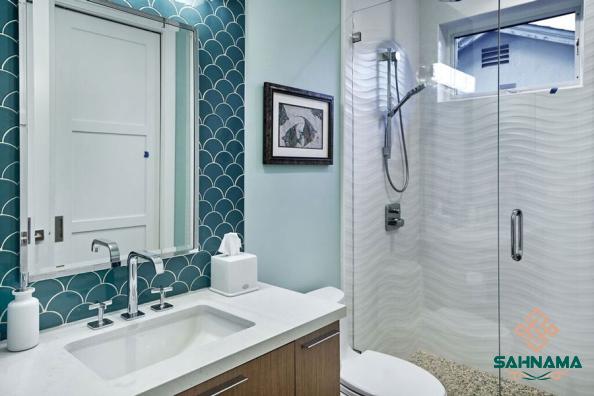
.
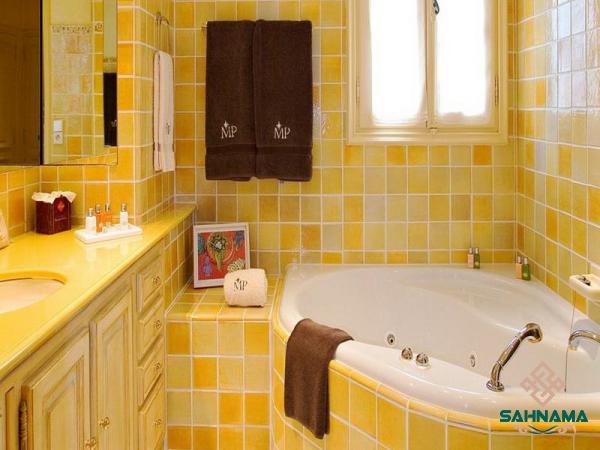 Their intricate designs add texture and visual interest to the walls or floors, creating a unique and personalized space. Small tiles also allow for more creativity in terms of color combinations and patterns. 2. Ease of Installation: Large Tiles: Installing large tiles in a bathroom is generally less time-consuming and labor-intensive than working with smaller tiles. Due to their larger size, fewer tiles are needed to cover the same area, reducing the complexity of the installation process. Additionally, grouting is less frequent and simpler with large tiles, contributing to faster completion of the project. Small Tiles: The installation of small tiles requires meticulous attention to detail, as each tile must be precisely placed to achieve a seamless result. Working with small tiles demands more time and patience since the grouting process is more extensive. However, the intricate designs that can be achieved with small tiles can be well worth the extra effort.
Their intricate designs add texture and visual interest to the walls or floors, creating a unique and personalized space. Small tiles also allow for more creativity in terms of color combinations and patterns. 2. Ease of Installation: Large Tiles: Installing large tiles in a bathroom is generally less time-consuming and labor-intensive than working with smaller tiles. Due to their larger size, fewer tiles are needed to cover the same area, reducing the complexity of the installation process. Additionally, grouting is less frequent and simpler with large tiles, contributing to faster completion of the project. Small Tiles: The installation of small tiles requires meticulous attention to detail, as each tile must be precisely placed to achieve a seamless result. Working with small tiles demands more time and patience since the grouting process is more extensive. However, the intricate designs that can be achieved with small tiles can be well worth the extra effort.
..
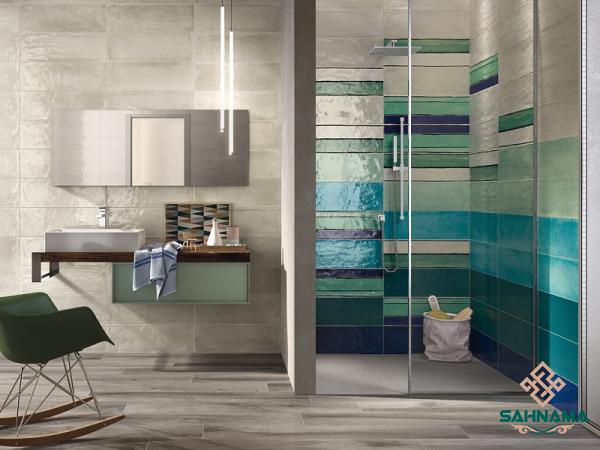 3. Maintenance and Durability: Large Tiles: Large tiles typically have fewer grout lines, making them easier to clean and maintain. The larger surface area reduces the likelihood of dirt and grime build-up. Additionally, larger, single-piece tiles are less prone to cracking and chipping, making maintenance more hassle-free in the long run. Small Tiles: While small tiles may require extra effort when cleaning grout lines, advancements in grout technology have made it easier to keep small tiles looking pristine.
3. Maintenance and Durability: Large Tiles: Large tiles typically have fewer grout lines, making them easier to clean and maintain. The larger surface area reduces the likelihood of dirt and grime build-up. Additionally, larger, single-piece tiles are less prone to cracking and chipping, making maintenance more hassle-free in the long run. Small Tiles: While small tiles may require extra effort when cleaning grout lines, advancements in grout technology have made it easier to keep small tiles looking pristine.
…
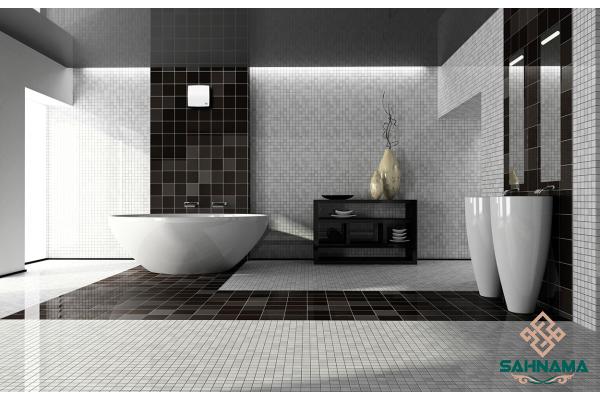 With regular care, small tiles can withstand the test of time. Mosaic patterns, in particular, are known for their durability and resistance to cracking. Conclusion: Choosing between large and small tiles for your bathroom ultimately comes down to your personal preferences and the desired aesthetics of the space. Large tiles provide a sleek and contemporary look, while small tiles offer timeless charm and flexibility in design. Consider your specific requirements, such as ease of installation, maintenance, and overall style, to make an informed decision that will transform your bathroom into a functional and visually appealing space.
With regular care, small tiles can withstand the test of time. Mosaic patterns, in particular, are known for their durability and resistance to cracking. Conclusion: Choosing between large and small tiles for your bathroom ultimately comes down to your personal preferences and the desired aesthetics of the space. Large tiles provide a sleek and contemporary look, while small tiles offer timeless charm and flexibility in design. Consider your specific requirements, such as ease of installation, maintenance, and overall style, to make an informed decision that will transform your bathroom into a functional and visually appealing space.

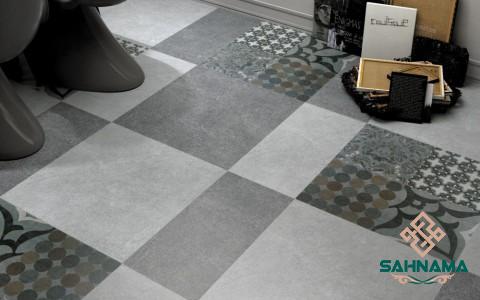




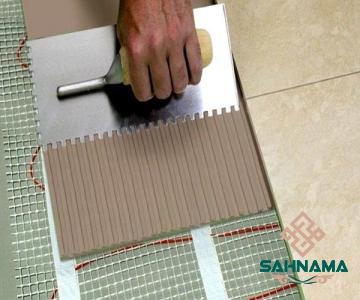




Your comment submitted.